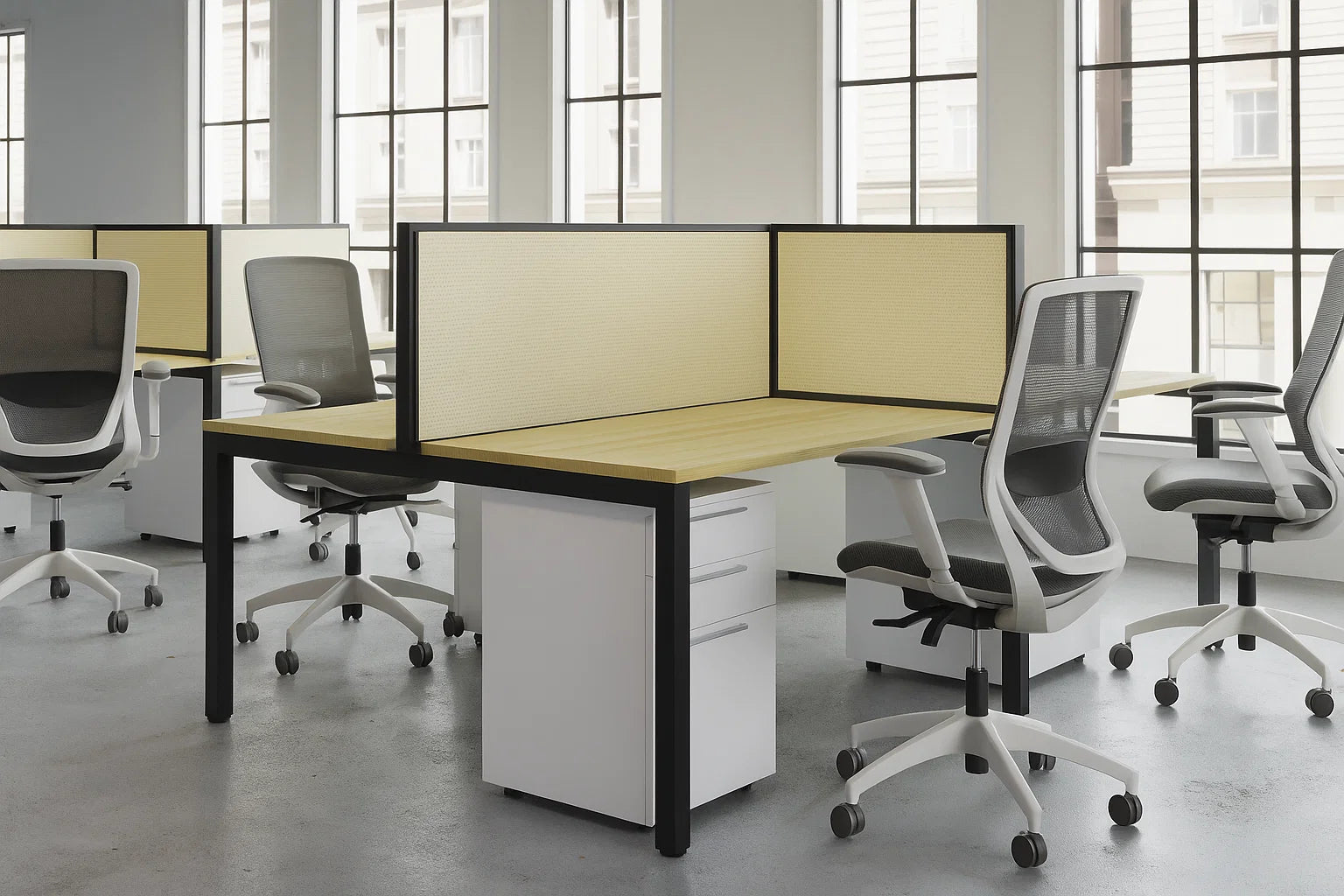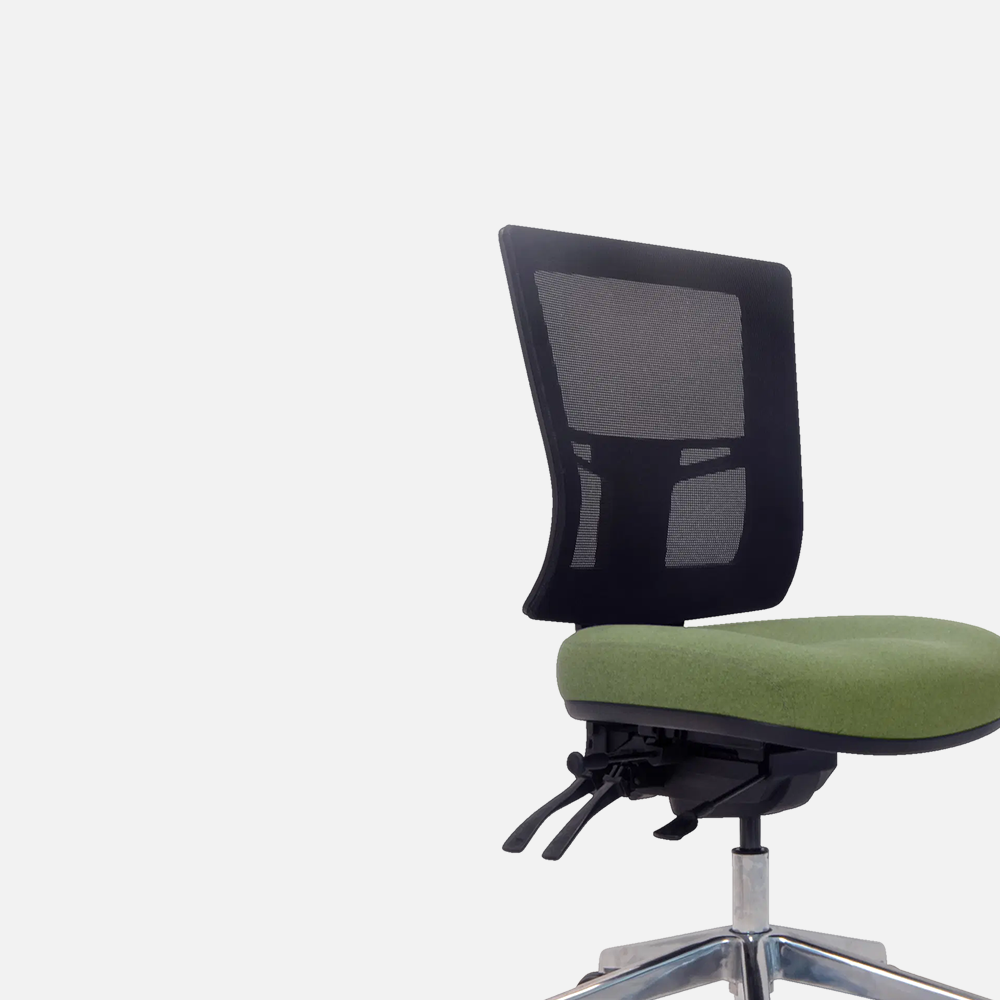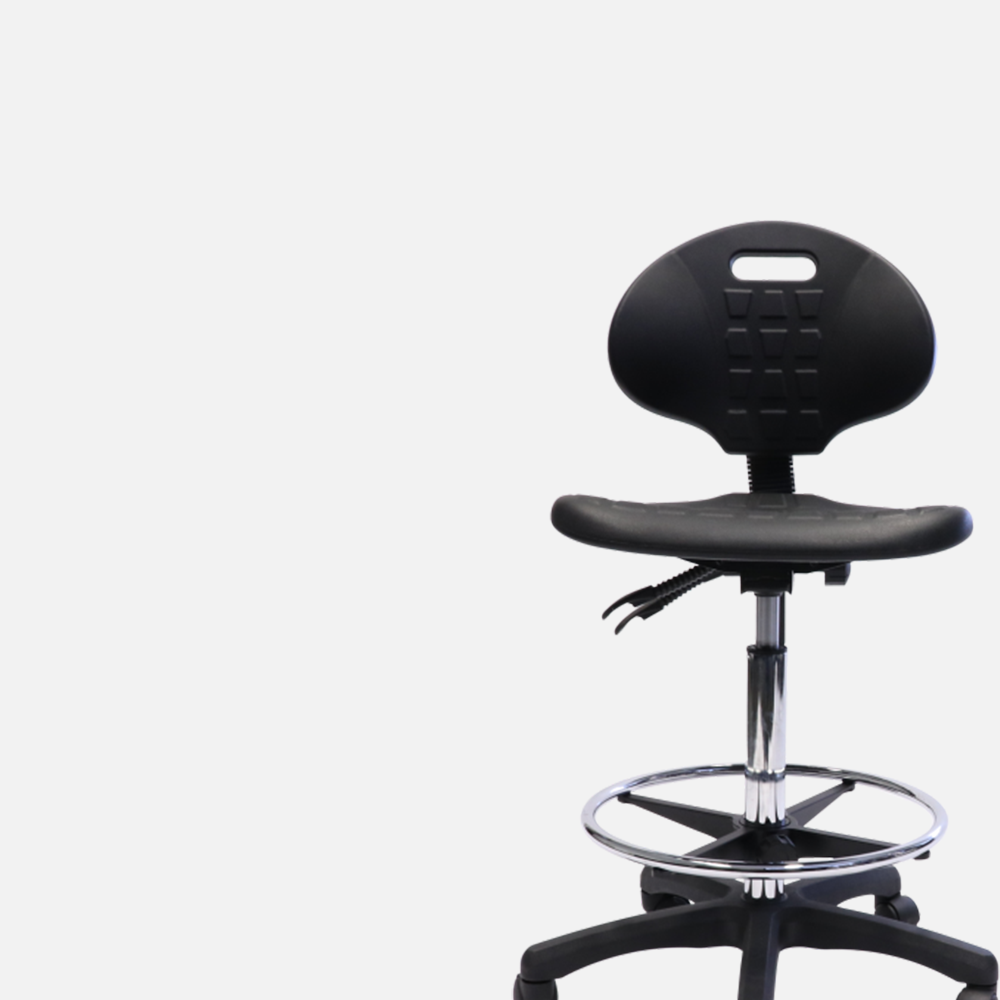Introduction
When times are tight, it’s tempting to see office chairs as a commodity purchase — a place to sit, nothing more.
But any procurement professional who’s dealt with an uptick in injury claims or declining staff satisfaction knows the truth:
Ergonomic office seating is an investment — not just a cost.
Prior to working in the industry, I used to think spending a few hundred extra dollars per chair seemed extravagant. Now I’ve seen first-hand that ergonomic chairs pay for themselves many times over — in improved productivity, reduced injuries, and greater staff wellbeing.
In this blog, we’ll break down the true ROI of investing in ergonomic seating for Australian workplaces — with insights for Government, Education, and Business buyers.
Why Ergonomic Seating Impacts Business Outcomes
We know that sedentary work is a growing health risk:
- 50%+ of serious injury claims in Australian workplaces are due to musculoskeletal disorders (Safe Work Australia).
- Hybrid work models introduce new ergonomic risks in home offices.
- Poor seating contributes to fatigue, presenteeism, absenteeism, and turnover.
Ergonomic task chairs directly impact:
- Injury prevention → reducing MSDs and associated costs
- Workplace productivity → supporting energy, focus, and cognitive performance
- Staff engagement and retention → demonstrating a culture of wellbeing
- WHS compliance → fulfilling legal obligations
Put simply: poor chairs cost you far more than good chairs do.
The Business Case for Ergonomic Seating — Key Benefits
1️⃣ Reduction in MSD Claims
Multiple studies show that ergonomic seating reduces injury risk:
- A meta-analysis in Ergonomics journal found 32% reduction in reported low back pain when ergonomic chairs were implemented (Black et al., 2018).
- Washington State Department of Labor & Industries reported 67% reduction in MSD-related absenteeism post-intervention.
Estimated savings: Average MSD claim in Australia → $15,000–$50,000+ per claim.
Preventing just a few claims offsets the entire seating investment.
Research-based ROI of ergonomic seating →
2️⃣ Productivity Gains
Ergonomic chairs enhance cognitive and physical performance:
- Improved comfort → fewer micro-disruptions
- Reduced fatigue → better focus
- Support for dynamic sitting → improved circulation and sustained energy
Studies show:
- 15–20% productivity improvements are achievable with ergonomic chair interventions (Washington State DLI, 2021).
- In contact centre environments, productivity gains often exceed 20%.
Example: For a team of 100 employees, a 10% productivity gain = 10 full-time equivalents in value → easily a six-figure ROI.
Ergonomic seating for productivity gains →
3️⃣ Staff Engagement and Retention
Quality seating sends a powerful message:
“We care about your wellbeing.”
In today’s war for talent, this matters. I’ve seen countless Government and Education clients report:
- Improved staff morale post-chair upgrades
- Reduced turnover → particularly in knowledge workers and hybrid staff
- Positive feedback in pulse surveys and engagement metrics
Investing in ergonomic seating is a tangible, visible part of a workplace wellbeing strategy — one that supports attraction and retention.
4️⃣ WHS Compliance and Risk Management
Under Australian WHS law, employers must provide safe, fit-for-purpose equipment.
By investing in AFRDI-certified ergonomic chairs, organisations:
- Meet WHS obligations → reducing legal exposure
- Demonstrate proactive risk management → critical in sectors like Government and Education
- Strengthen defensibility if injury claims arise
Inadequate seating is a common area of exposure during WHS audits — I’ve seen clients avoid costly remediation by addressing this proactively.
Calculating ROI — A Simple Example
Scenario: You’re upgrading 200 chairs across a Government department.
- Cost difference between basic and ergonomic AFRDI Level 6 chairs → ~$400 per chair premium.
- Total investment premium → ~$80,000.
Expected benefits:
- Preventing just 3–5 MSD claims → ~$100,000+ saved.
- 15% productivity gain → conservatively valued at ~$200,000–$300,000 annually.
- Reduced turnover → difficult to quantify, but significant.
Conclusion: Even conservatively, the ROI exceeds 4–5x the upfront investment in year one alone.
Real-World Example: Large Corporate Fit-Out
In a recent corporate hybrid workspace fit-out, one client deployed:
- AFRDI Level 6 ergonomic chairs across 1200 hybrid staff
- Home office chair program with subsidised purchase options
Outcomes:
- 50% reduction in discomfort scores in staff surveys
- 30% reduction in absenteeism linked to MSDs
- Positive ROI achieved in less than 9 months.
The client’s HR director commented:
“Investing in good chairs paid for itself faster than almost any wellbeing initiative we’ve undertaken.”
How to Maximise ROI from Ergonomic Seating
✅ Prioritise proven standards:
-
- AFRDI Level 6 certification
- AS/NZS 4438 compliance
✅ Train staff: Proper chair adjustment is critical → deliver training during onboarding.
✅ Complement with holistic ergonomics:
-
- Use Monitor arms
- Encourage use of sit-stand desks where possible.
✅ Monitor outcomes: Track MSD claim rates, absenteeism, engagement scores post-upgrade.
FAQs
How long does it take to see ROI from ergonomic chairs?
Many organisations see positive ROI within 6–12 months through reduced injuries and productivity gains.
Are premium ergonomic chairs worth the extra cost?
Yes — the savings from preventing just one or two injury claims often offset the premium. AFRDI-certified chairs deliver proven long-term value.
Should we supply chairs for hybrid workers?
Absolutely. Consistent ergonomic support across home and office maximises ROI and reduces risk.
What’s the best ROI tip for chair procurement?
Train your staff — even the best chairs won’t deliver ROI if users don’t know how to adjust them correctly.
Conclusion: Small Investment, Big Returns
Investing in ergonomic office seating is one of the smartest moves an organisation can make.
By choosing quality chairs — and supporting them with training and a holistic ergonomics program — you’ll achieve:
- Healthier staff
- Fewer injuries and claims
- Higher productivity
- Stronger engagement and retention
- Improved WHS compliance
Explore our curated collection of ergonomic task chairs with proven ROI →.








Leave a comment
This site is protected by hCaptcha and the hCaptcha Privacy Policy and Terms of Service apply.